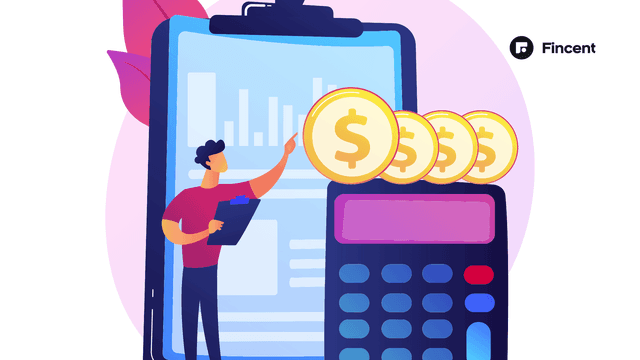- Glossary
- Cost Sheet
Cost Sheet
A cost sheet is a document that outlines all the expenses involved in producing a product, serving as a reference for historical data comparison. It enables the calculation of the optimal selling price for a product.
Either historical expenses or predicted costs can be used to generate a cost sheet document. Based on the actual costs incurred for a product, a historical cost sheet is created. On the other hand, an estimated cost sheet is created based on estimated costs right before manufacturing starts.
Types of Cost Sheets
1. Historical Cost Sheet
The historical cost sheet is the most typical sort of cost sheet. All of the direct and indirect costs incurred for a product are listed on a historical cost sheet. There are no cost or price estimations or estimates in this instance.
2. Estimated Cost Sheet
An estimated cost sheet is used by the company to project manufacturing costs, forecast profit per item, and set the desired cost per unit.
What Would You Find In a Cost Sheet?
The four main parts of a cost sheet are as follows:
Prime Costs
Any expenses that are directly connected to the production process are referred to as prime costs. Also referred to as a fixed, upfront, or fundamental cost.
Consider that you own a bakery. The money you spend on raw materials, such as wheat sacks, paying employee salary, and other direct production costs, would be your main outlay of funds.
Prime Cost Formula - Prime Costs = Direct Labor + Direct Raw Material + Direct Expenses
Here is how it actually plays out.
A tannery spends $1,500 on supplies to make leather. It pays out $3,000 in other direct expenses in addition to $5,000 in salary. The algorithm determines that the company's prime costs are $9,500.
Works Cost
Prime costs, manufacturing costs, and overhead charges are added together to form the work cost. Your indirect costs include things like wages paid to employees that just assist in the production process, as well as money spent on taxes and utilities.
Cost of Production
Any expenditures incurred by your business activities, such as rent for the factory and labor costs, should be taken into account. Work costs plus administrative costs less opening and closing stock for finished goods equal the cost of production.
Cost of Sales
Cost of sales includes all production-related costs as well as additional overhead expenditures for selling and distribution. This statistic aids in determining an item's overall production value depending on the resources allocated to it. You can determine the sales price for finished goods and compute your profit based on the cost of sales.
Importance of Cost Sheets For Small Businesses
Should a tiny firm bother to create a cost sheet? Absolutely! Keeping track of your resources and calculating the whole cost of your manufacturing is a smart decision.
A cost sheet would also help you:
- By setting an optimal cost per unit for your products and services, you can avoid pricing based on guesswork and instead make informed decisions backed by solid evidence.
- Keep an eye on your production expenses to make sure they stay within the market's competitive range.
- To make respectable profits, know when to raise your prices, provide discount packages, and boost your unit cost.


